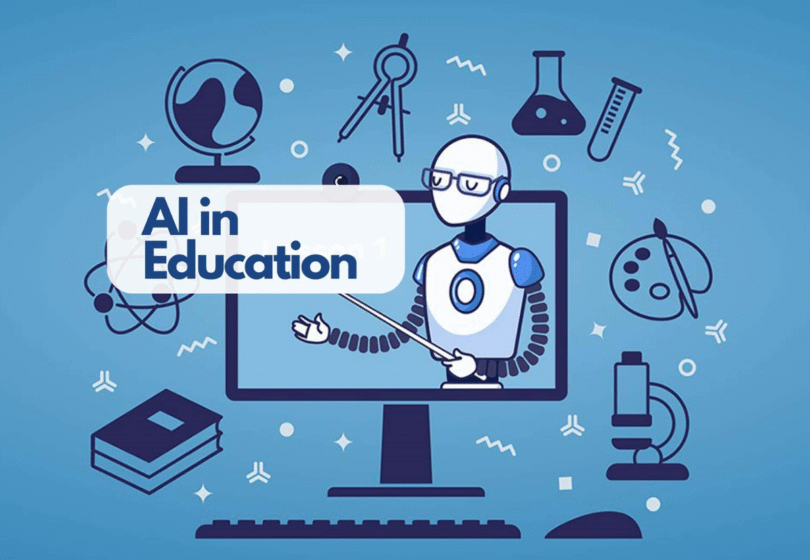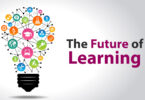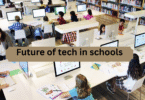Hey! Have you ever thought about how AI in education is slowly but surely changing the way we learn, teach, and interact in classrooms? Whether you’re a student tired of boring lectures, a teacher overwhelmed with grading papers, or a parent worried about your child’s future, Artificial Intelligence (AI) is here to shake things up—in a good way!
Let’s take a deep dive into what AI in education really means, how it works, its amazing benefits, and yes—some drawbacks you should definitely know.
What is AI in Education? (Explained Simply)
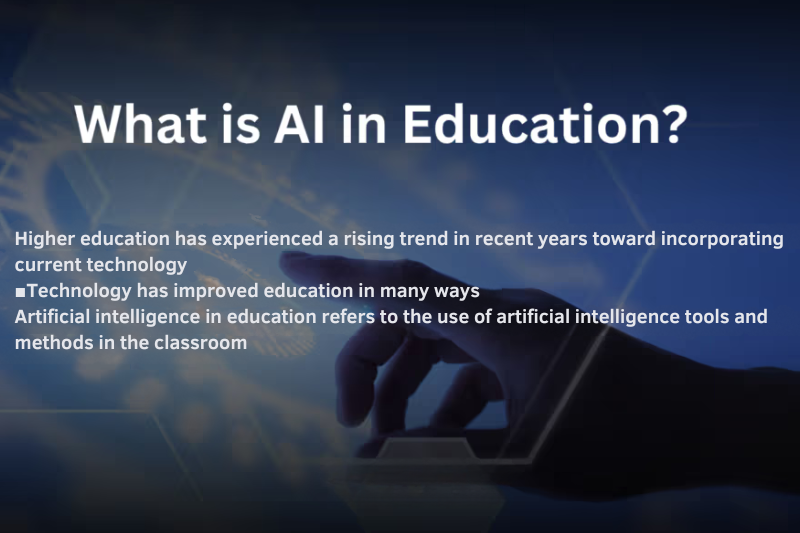
AI in education is when schools, colleges, and even online learning platforms use artificial intelligence technologies to make learning easier, smarter, and more personalized.
Think of it as having a digital assistant that:
- Knows exactly how you learn.
- Helps teachers automate repetitive tasks.
- Provides instant feedback.
- Adapts courses to your skill level.
AI in education is not a sci-fi robot standing in front of a classroom. It’s happening quietly in apps, virtual classrooms, grading systems, and learning platforms you probably already use—like Duolingo, Coursera, or even Google Classroom.
Real-Life Applications of AI in Education
1. Personalized Learning Platforms
Imagine a system that adjusts to your learning speed. Struggling with algebra? The AI slows down and gives you more practice questions. Flying through English grammar? It levels up and gives you tougher exercises. Platforms like Khan Academy and Socratic by Google are doing just that.
2. AI-Powered Virtual Tutors
Don’t you wish you had a tutor who could help you with homework anytime you want? AI tutors are available 24/7 to answer questions, explain concepts, and even guide you through difficult topics.
3. Automated Grading & Feedback
Teachers can save hours of manual grading by using AI tools that check essays, quizzes, and assignments. Systems like Gradescope can even provide detailed feedback to students instantly.
4. Smart Content Creation
AI helps create interactive content like flashcards, summaries, and even customized practice tests based on a student’s performance.
5. Predictive Analytics for Student Performance
AI systems can predict which students are at risk of failing by analyzing their participation, quiz results, and learning patterns. This early warning system allows teachers to intervene before it’s too late.
6. AI for Special Education Needs (SEN)
AI tools like speech-to-text, screen readers, and real-time language translation help students with disabilities access quality education without barriers.
Benefits of AI in Education (Detailed Breakdown)
Let’s talk benefits—but in more detail. Here’s how AI in education is making life easier for students, teachers, and even parents.
1. Truly Personalized Learning
Traditional classrooms can’t always cater to individual student needs. But AI does. It observes how a student interacts with content and tailors lessons accordingly. Whether you’re a visual learner, prefer reading, or learn best through practice, AI adapts to YOU.
2. Instant Feedback & Continuous Improvement
No more waiting days for a teacher to return graded papers. AI provides instant feedback on quizzes, essays, and practice exercises. This immediate response helps students learn from their mistakes quickly.
3. Time-Saving Automation for Teachers
Teachers are heroes, but even they can’t do everything. AI takes care of repetitive tasks like grading, scheduling, and even answering common student queries. This frees up teachers to focus on interactive and creative teaching.
4. 24/7 Learning Support
Learning doesn’t stop after school hours. AI-powered chatbots and virtual tutors are available round the clock, making sure students get help when they need it, not just during school hours.
5. Bridging Gaps in Remote Learning
During situations like COVID-19 lockdowns, AI played a crucial role in keeping education alive through virtual classrooms, auto-scheduled classes, and AI-assisted learning platforms.
6. Better Support for Students with Disabilities
AI-driven tools offer accessibility features like text-to-speech, real-time translations, and voice commands, making learning inclusive for students with visual, hearing, or cognitive impairments.
7. Data-Driven Decision Making
Teachers can use AI-generated insights to identify which teaching methods work best, which students need extra attention, and how to design better learning strategies.
You may also like to read these posts:
Educational Technology Trends: The Complete Guide to The Future of Learning
Best EdTech Tools 2025 – Your Ultimate Guide to Smarter Learning!
Online Learning Platforms: The Future of Education You Can Start Today
Technology in Classrooms: A Complete Guide to Modern Learning
Drawbacks of AI in Education (You Need to Know These!)
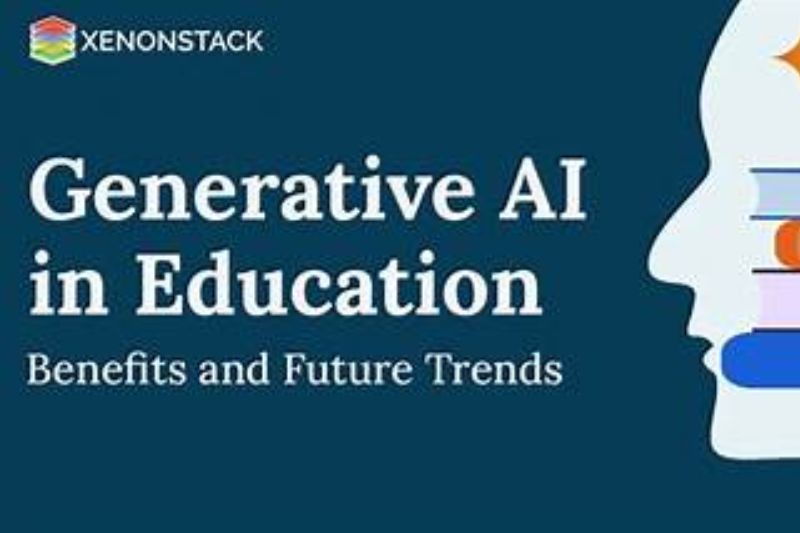
Of course, AI in education isn’t perfect. It has its flaws. Let’s talk about the drawbacks, so you have the full picture.
1. Lack of Human Emotion & Empathy
AI can teach facts, but it can’t inspire or motivate students emotionally the way a human teacher can. Emotional intelligence, empathy, and mentorship are areas where AI still falls short.
2. Data Privacy & Security Risks
AI systems collect and analyze a lot of personal data from students. If not protected properly, this sensitive data can be at risk of being hacked or misused.
3. Accessibility & Cost Barriers
Implementing AI technology requires strong internet connectivity, modern devices, and financial investment. Underfunded schools, especially in rural areas, may struggle to adopt AI-based solutions.
4. Over-Dependence on Technology
Relying too much on AI can discourage critical thinking and problem-solving skills. Students might get used to AI doing the “thinking” for them and become passive learners.
5. Bias in AI Algorithms
If the AI system is trained on biased data, it can unintentionally promote stereotypes or offer unequal learning opportunities.
The Future of AI in Education: What’s Next?
AI in education is still in its early stages, but the future looks promising. Here’s what we can expect in the coming years:
- AI-driven Virtual Reality Classrooms: Imagine attending a history lesson inside a 3D virtual Ancient Rome.
- Emotionally Intelligent AI Tutors: Future AI might be able to detect when a student feels frustrated or confused and adjust its approach accordingly.
- Global Access to Quality Education: AI has the potential to bring high-quality education to remote and underprivileged areas across the world.
However, it’s important to remember: AI will never replace teachers. The best classrooms will always have a perfect blend of technology and human connection.
Conclusion
AI in education is not a futuristic dream—it’s happening right now. From personalized learning experiences to easing the workload of teachers, AI is reshaping education in incredible ways. But like any powerful tool, it must be used responsibly. Balancing AI’s efficiency with human empathy is the key to creating an educational environment that’s both smart and compassionate.
FAQs
Q1: What is AI in education?
AI in education refers to the use of Artificial Intelligence technologies to enhance learning and teaching experiences. It involves using smart systems that can personalize lessons, automate grading, provide instant feedback, and support teachers in administrative tasks. AI helps create a more efficient and tailored educational environment for students of all learning levels.
Q2: How does AI personalize learning for students?
AI analyzes how a student interacts with learning material, tracks their progress, and identifies areas where they struggle. Based on this data, AI systems adjust the difficulty of lessons, suggest extra practice, and offer personalized resources that suit the student’s learning style, making the learning experience unique to each individual.
Q3: Can AI replace human teachers in classrooms?
No, AI cannot replace human teachers. While AI can assist with tasks like grading, content generation, and providing instant feedback, it lacks emotional intelligence, empathy, and the ability to mentor and inspire students. AI serves as a support tool, while human teachers play an irreplaceable role in emotional and social learning.
Q4: What are the main benefits of using AI in education?
The key benefits of AI in education include:
Personalized learning experiences for each student.
Automation of grading and administrative tasks for teachers.
24/7 availability of virtual tutors and learning resources.
Enhanced support for students with disabilities.
Data-driven insights to improve teaching methods.
Q5: Are there any drawbacks to using AI in education?
Yes, some potential drawbacks include
Lack of human touch and emotional understanding.
Data privacy and security concerns.
High implementation costs in under-resourced areas.
Risk of over-dependence on technology.
Potential algorithmic bias if AI systems are not trained properly.

